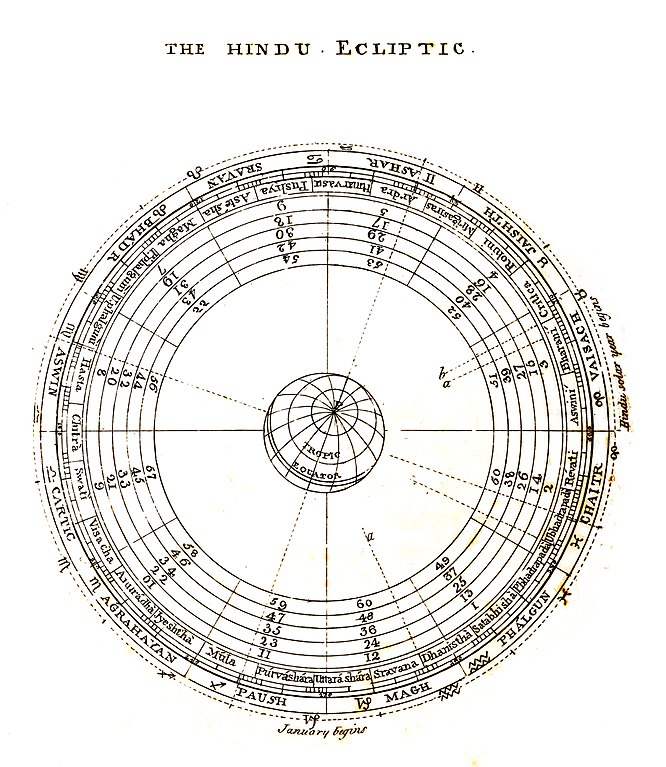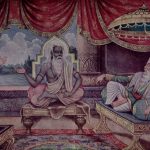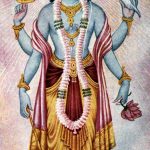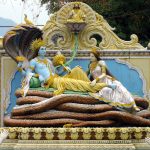Magha is the eleventh month of the Hindu Lunisolar calendar. Its start and end dates fall between January and February of the Gregorian calendar.
Magha Masam Month
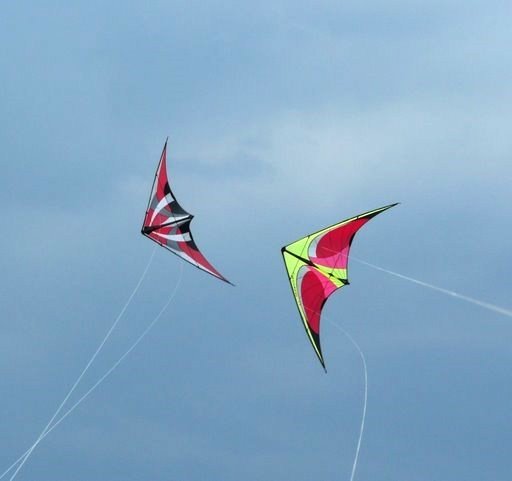
Masam is a Sanskrit word that means month. Hindu calendar follows the lunar cycles. Magha month is the eleventh month of the Lunisolar calendar. Depending on whether you follow the Purnimanta or the Amanta variations of the Lunisolar calendar, the month may begin either on the new moon or on the full moon day.
The month takes its name from the Magha Nakshatra. This is because the moon aligns against the Magha constellation on the full moon day of this month. In the Solar calendar, the Sun begins its northward ascent and enters the Makara (Capricorn) sign of the Zodiac
Magha Masam Significance
Magha is a very auspicious month, ideal for conducting marriages, upanayanam, grahapravesam, etc. This month marks the dawn of the day for the devas. So, it is a very special month.
Magha Masam festival
During this month, Hindus celebrate many festivals and special occasions.
Magha Snanam
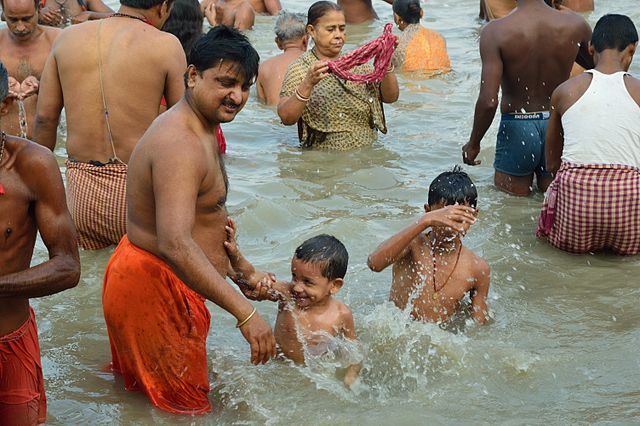
This month marks the period of Magha Snana, a period sacred for bathing in holy rivers. Devotees get up very early in the morning and proceed to rivers, lakes or ponds to bathe. Even those who don’t have access to rivers or lakes should get up early and have their bath, as Magha month is the dawn for the Devas.
The period of Magha Snana actually begins from Pushya or Pausha Bahula and ends on Magha Bahula Amavasya. People gather at the riverside in the early hours of the morning to take the Magha Snana or Magha masa bath.
The first day of the Bright phase of the moon or Shukla P{aksha is the day of the Sampad Gauri Vrat Snana. The third day is the Lalit Vrat when devotees worship Devi Durga. Some also mark this as the Harkali Vrat and worship Devi Gauri along with Lord Shiva. Day four is Tila Chaturthi, people worship their ancestors.
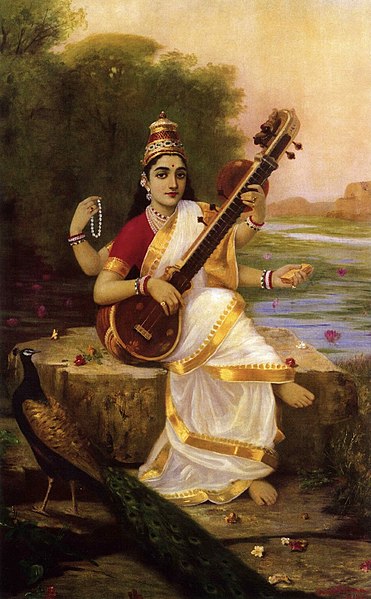
Vasanth Panchami
This fifth day of Shukla Paksha welcomes the Spring Season, celebrating its arrival with Vasanth Panchami. Goddess Saraswati was born on this day, so Hindus worship this Goddess of Knowledge on this day. Devotees also worship Mahavishnu and Mahalakshmi on this day.
Ratha Saptami
Ratha Saptami is the seventh day and is dedicated to the worship of the Sun God, Surya. Surya was born to Sage Kashyapa and his wife Aditi on this day. So, Ratha Saptami is observed as Surya Jayanti.
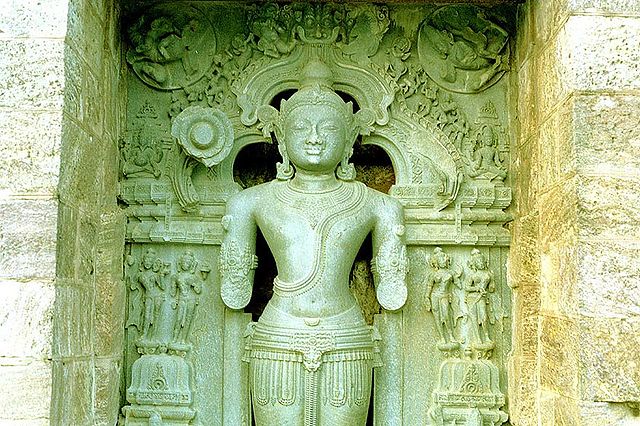
Bhishma Ashtami
This eighth day of the Shukla Paksha in Magha month is Bhishma Ashtami. Bhishma, the grand old warrior and the grandfather of the Kauravas and Pandavas, breathed his last on this day.
Madhwa Navami
Sri Madhwacharya is one of the most important Philosopher-Saints of Hinduism. He is the leader of the Dvaita school of philosophy. On this day, the ninth day of the Waxing Phase of the Moon on Magha masa, he disappeared before the eyes of his disciples.
Maha Shivaratri
This festival is dedicated to the worship of Lord Shiva. It generally comes on the final days of the Krishna Paksha or the dark fortnight of Magha Month. This is the main Shivaratri festival. Devotees keep awake through the night and pray to Lord Shiva. They also observe fast throughout the day.
Magha Purnima
Magha Purnima or the Full Moon Day of Magha month is the day of Magh Maahi. It is a day for prayers and religious baths in the sea or in rivers. This day is the final day of the Magha Snanam, the month of holy baths. Further, the Maha Maham festival occurs during this time every 12 years in Kumbakonam. Several thousand devotees wait in line to take a bath in the sacred Maha Maham pond in that temple town in Tamil Nadu.
Bhishma Ekadasi
Sri Bhishmacharya narrated the Vishnu Sahasranama to the Pandavas on this day. So, it is commemorated as Bhishma Ekadashi. This Sahasranama is especially auspicious as he revealed it in front of Lord Krishna.
Magha Month Navratri
This special Navratri starts on the first day or Pratipada of Shukla Paksha in the Magha month. It ends on the Navami or the Ninth day of Shukla Paksha. Each day celebrates a different form of Goddess Shakti, the female form of the Supreme. Devotees worship Devi Durga on this occasion with flowers, rice, incense, and kumkum. Worshippers recite Durga Mantra 108 times each day. They also restrict themselves to just one meal each day until the end of the festival. The Parana or the end of the fasting period occurs on the Dashami or tenth day.
Makar Sankranti
Makar Sankranti is a special festival that falls either during the Pausha Masa or the Magha Masa. Magha month is the eleventh month in the Hindu calendar.
There is a Sankranti every month. They mark the transition of the sun from one Rasi to another. Makar Sankranti occurs when the Sun enters Capricorn or Makara sign.
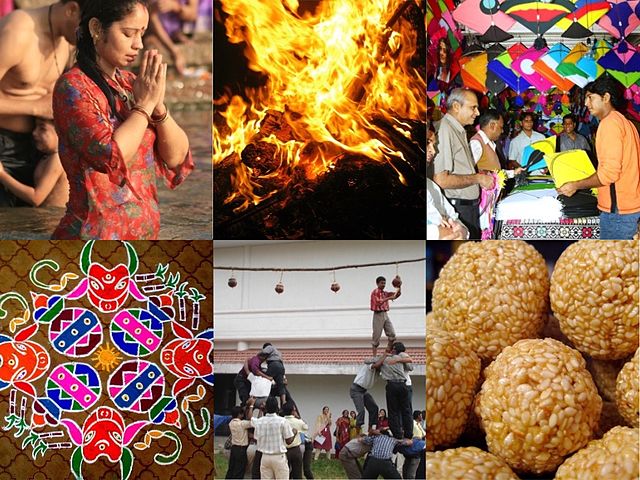
This Sankranti is very special as it is a harvest festival in several states across India. Many fairs and melas are held to celebrate this occasion. Farmers celebrate good harvests by thanking the Sun God. This festival has other names, such as Pongal in Tamilnadu, Lohri in Punjab, and Uttarayan in Gujarat.
Magha month significance is important because of the beginning of Uttarayana, the sun’s Northward ascension. The month is filled with numerous festivals and ceremonies. It is also a very auspicious month for occasions like marriages.




